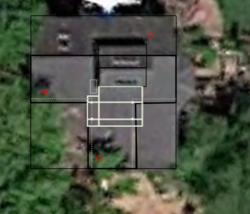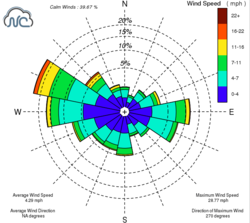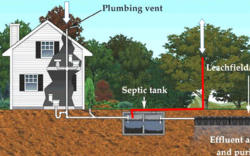I'm building a deck on top of our house and would like to find a way to deal with odors from our plumbing roof stack vents. I'm wondering if I could install air admittance check valves on the roof vents to prevent odors from exiting at our roof. These valves would still allow air to enter the stacks for proper operation of drains.
Of course I'd need to provide a vent elsewhere for gases produced in the septic tank. I thought I'd do this at the tank itself and could maybe use black poly to run a vent up a nearby tree to get the odors well above the ground.
This plan also appeals to me because sometimes sewer gases exiting the roof enter windows below in the summer.
Can anyone see any problems with this plan?
Of course I'd need to provide a vent elsewhere for gases produced in the septic tank. I thought I'd do this at the tank itself and could maybe use black poly to run a vent up a nearby tree to get the odors well above the ground.
This plan also appeals to me because sometimes sewer gases exiting the roof enter windows below in the summer.
Can anyone see any problems with this plan?




